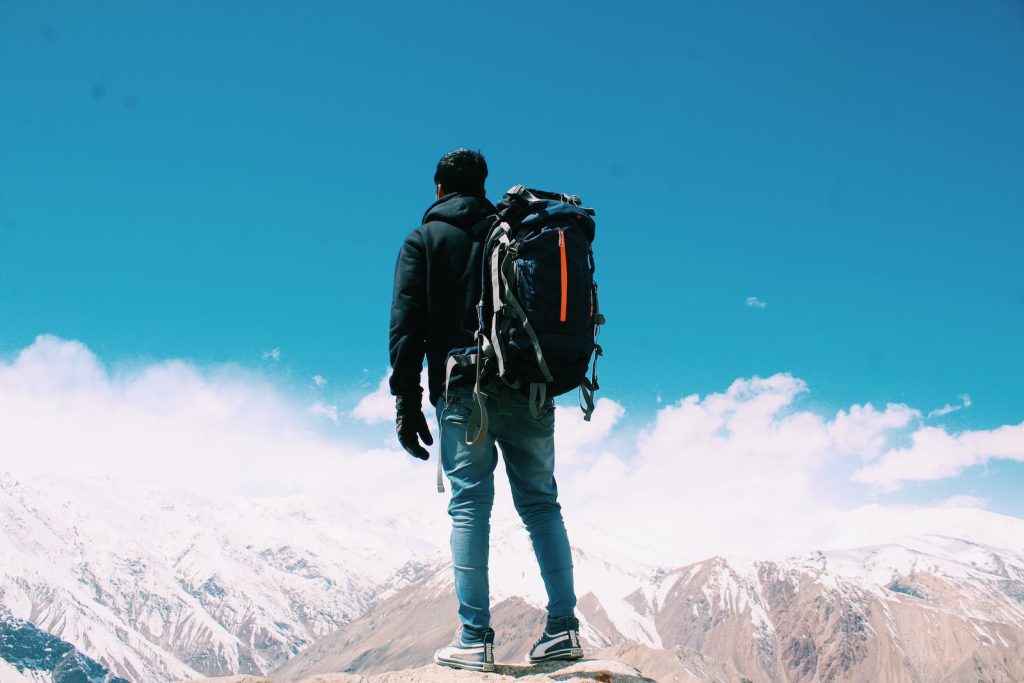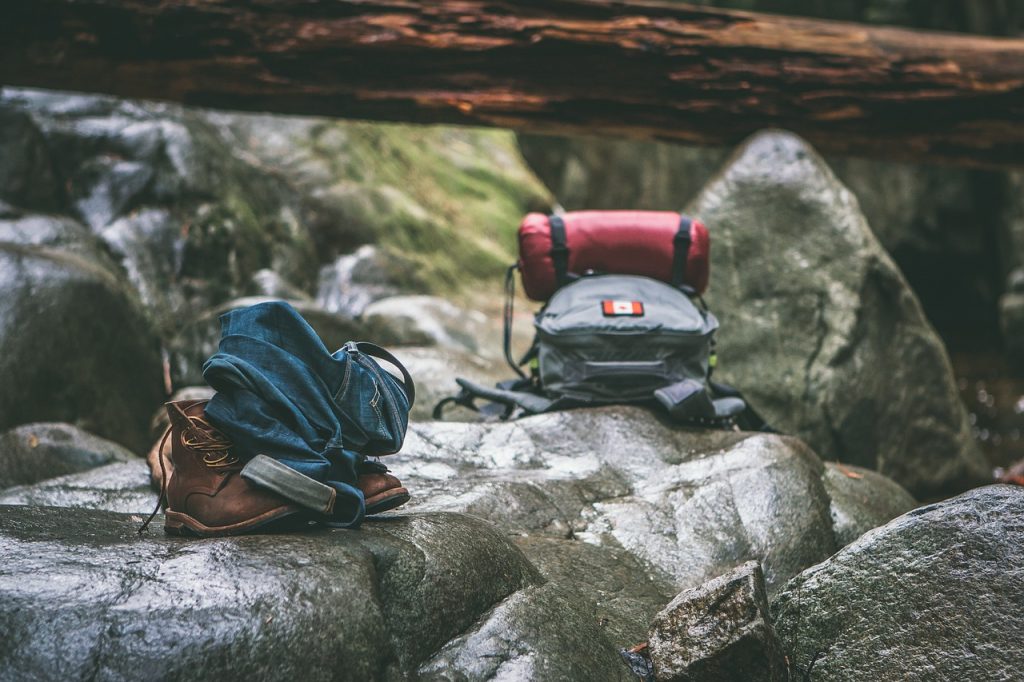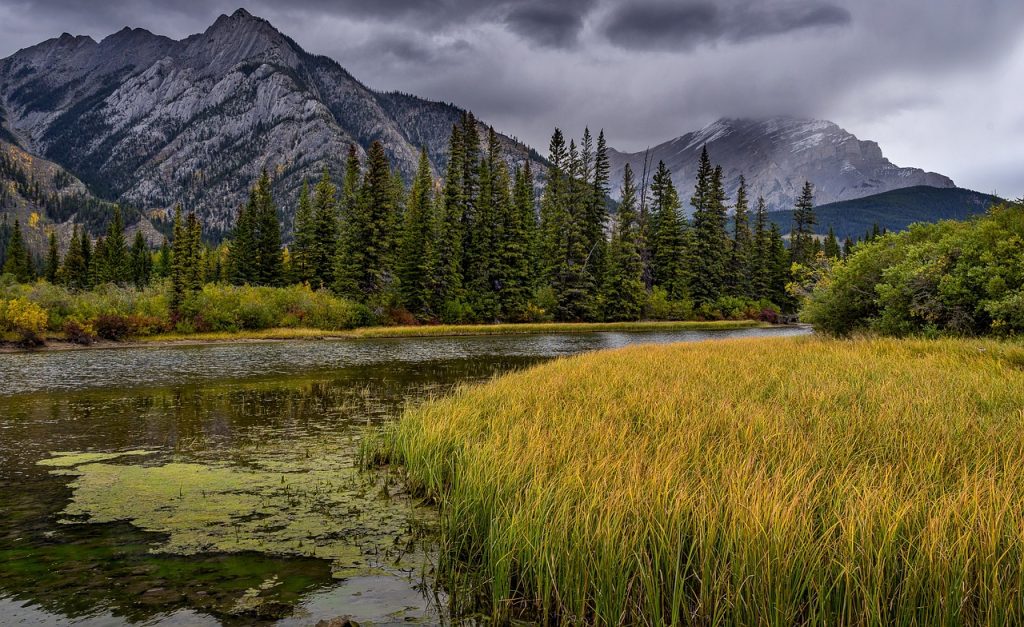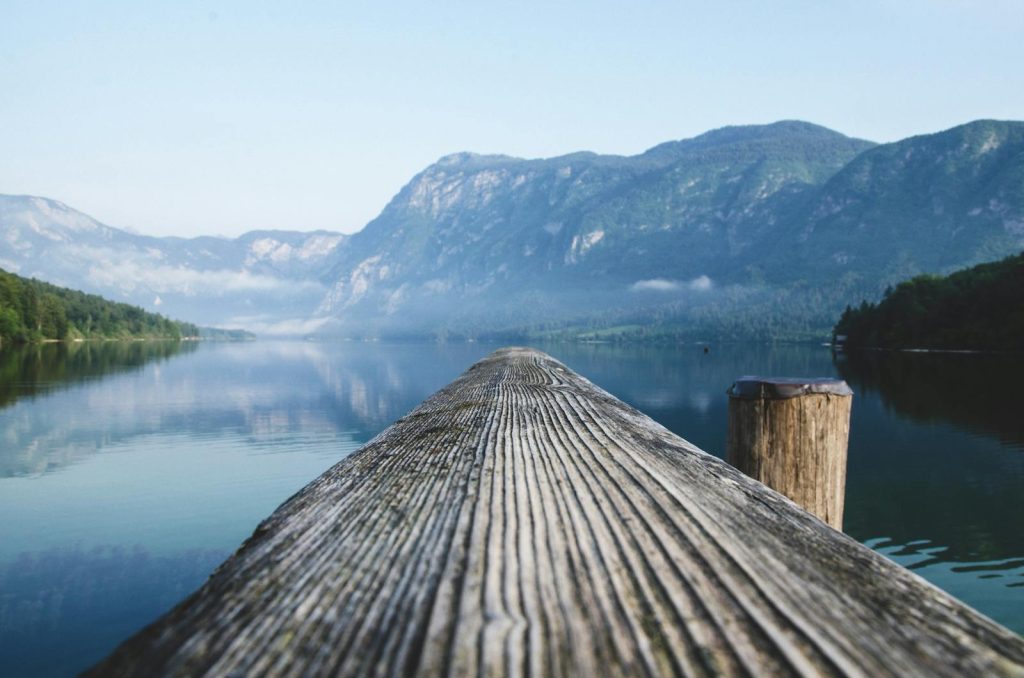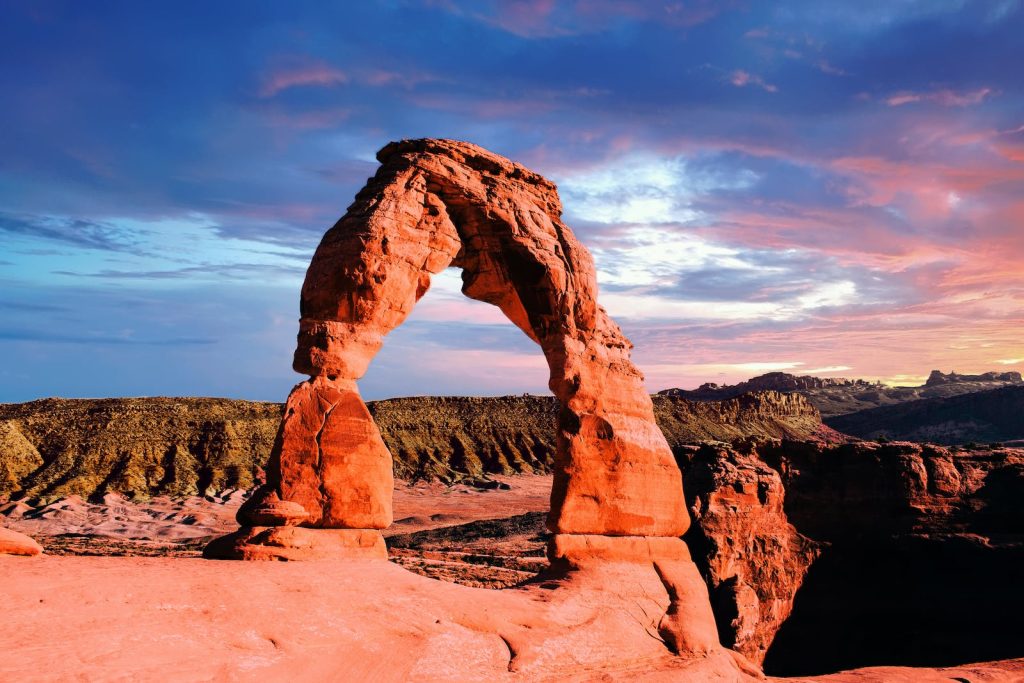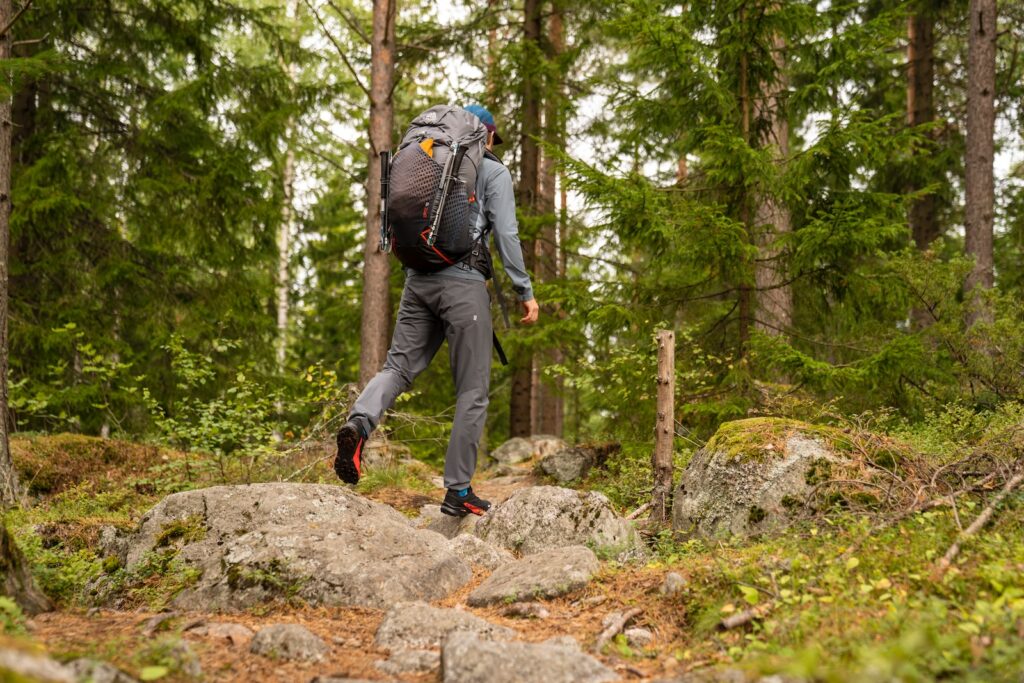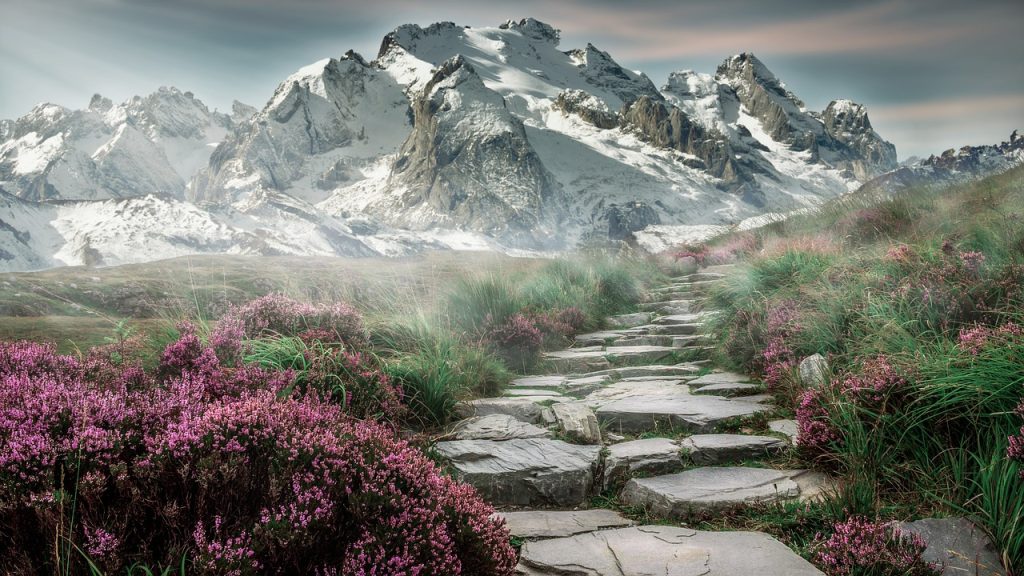

Blister-Free Hiking: Preventive Measures and Treatment Options
Imagine embarking on a breathtaking hiking adventure, surrounded by the serenity of nature and the thrill of conquering new trails. The crisp air kisses your face as you climb higher, absorbing the stunning views around you. But suddenly, an unwelcome guest crashes your party – blisters! We’ve all been there; those pesky wounds that seem determined to ruin our outdoor fun.
Fear not fellow hiking enthusiasts! In this blog post, we will reveal invaluable preventive measures and effective treatment options for banishing blisters from your hiking escapades forever. Get ready to lace up those boots with confidence and embark on blister-free journeys like never before!
- What Causes Blisters on the Feet?
- Preventive Measures for Blister Prevention
- Ways to Treat Existing Blisters
- Proper Shoes and Socks for Hiking
- Clothing Choices and Layering for Hiking Intervals
- Taping Techniques to Reduce Risk of Blister Development
- Alternate Shoe Options for Anti-Blistering
- Causes of Blisters While Hiking
What Causes Blisters on the Feet?
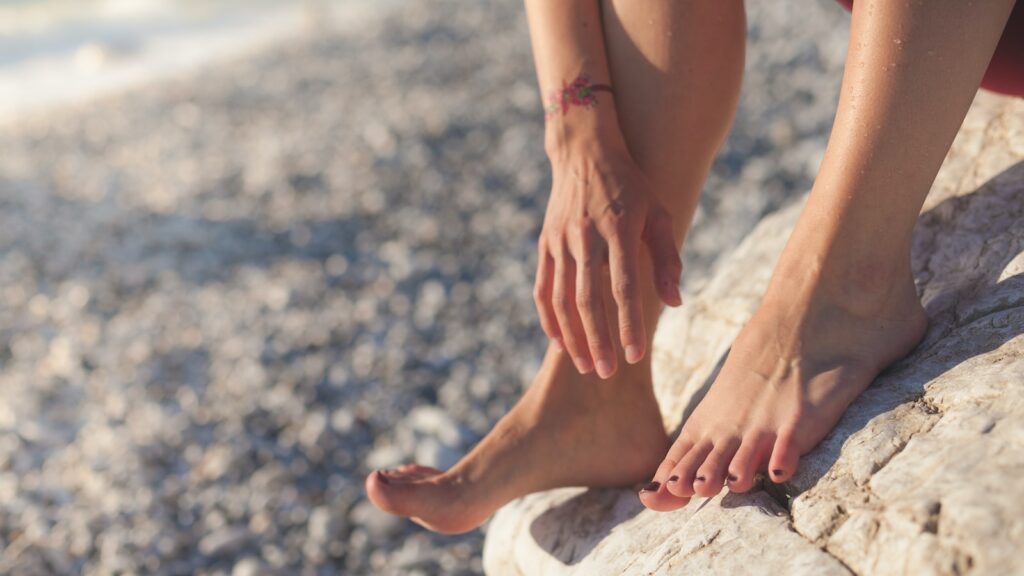
There are several reasons why you might develop blisters on your feet. Wearing ill-fitting shoes is one of the most common causes, as tight shoes can rub against your skin and cause friction. This is especially true if you’re hiking in new shoes or boots that haven’t been broken in yet. Other possible causes of blisters include:
- sweating excessively
- having wet feet for extended periods of time
- walking long distances without taking breaks
- not rotating your shoes often enough (wearing the same pair day after day)
Fortunately, there are some things you can do to prevent blisters from forming in the first place. Always make sure to wear well-fitting shoes, and consider wearing blister-preventative pads in areas where you tend to get blisters. When hiking, take breaks regularly and make sure to keep your feet dry. And finally, don’t forget to rotate your shoes so that they have a chance to air out between uses.
Preventive Measures for Blister Prevention
There are several preventive measures you can take to avoid getting blisters while hiking:
1] Wear well-fitting, comfortable shoes that are appropriate for the terrain.
2] Break in new shoes gradually, and don’t hike too far in them until they’re completely comfortable.
3] Always wear socks, and choose ones that wick away moisture to keep your feet dry.
4] Keep your toenails trimmed short to avoid giving yourself blisters.
5] Inspect your feet regularly for hot spots or areas of friction, and adjust your shoes or socks accordingly.
6] If you do start to get a blister, stop hiking and treat it immediately to prevent it from getting worse.
Ways to Treat Existing Blisters
There are a few different ways that you can treat existing blisters so that they do not cause you further pain or discomfort. First, you can puncture the blister with a sterile needle and then drain the fluid. Next, apply an antibiotic ointment to the area and cover it with a bandage. You can also try using a topical cream or gel such as medicated gold bond powder.
If the blister is large or painful, you may need to see a doctor so that they can prescribe you oral antibiotics or give you a steroid injection. In some cases, blisters may need to be lanced and drained in order to heal properly.
Proper Shoes and Socks for Hiking

If you’ve ever gone hiking, you know that having the proper shoes and socks can make all the difference in your level of comfort. But what exactly constitutes “proper” footwear for hiking? Let’s take a look.
First and foremost, your shoes should be comfortable and provide good support. This is especially important if you’ll be doing any long-distance hiking, as you don’t want to end up with sore feet or blisters. Make sure to break in your shoes before heading out on a hike, and if you’re going to be doing a lot of walking, consider investing in a pair of high-quality hiking boots.
Your socks are also important for preventing blisters. Look for ones that are made from moisture-wicking material (such as wool) to help keep your feet dry, and make sure they fit snugly but not too tightly. It’s also a good idea to wear two pairs of socks: a thinner pair underneath for added insulation, and a thicker pair over top for cushioning.
By following these tips, you can help ensure that your next hike is a comfortable one!
Clothing Choices and Layering for Hiking Intervals
Hiking is a great way to get exercise and enjoy the outdoors, but it can also be tough on your feet. If you’re not careful, you can end up with painful blisters. To avoid this, it’s important to choose the right clothing and to layer properly.
When it comes to clothing choices, breathable fabrics are key. You want to avoid anything that will trap sweat or moisture against your skin. And, since you’ll likely be sweating more during hiking intervals, it’s even more important to dress appropriately.
As for layering, again, Breathability is key. You don’t want to overheat, but you also don’t want to get too cold once you stop moving. The best way to find the right balance is to experiment a bit and see what works best for you in different weather conditions.
In general, though, it’s a good idea to start with a base layer of lightweight fabric next to your skin. This will help wick away sweat and keep you comfortable. On top of that, you can add additional layers as needed for warmth or protection from the elements. Just make sure that each layer is breathable so that you don’t end up trapped in your own sweat!
Taping Techniques to Reduce Risk of Blister Development
There are a few different ways that you can tape your feet to prevent blisters when hiking. The most important thing is to make sure that the tape does not rub or irritate the skin in any way.
One popular technique is to use moleskin on areas where you are susceptible to blisters. Moleskin is a soft, padded material that can be cut to fit any area of your foot. You can find it at most drugstores.
Another option is to use medical adhesive tape, often called “paper tape.” This type of tape is hypoallergenic and gentle on the skin. It’s also very thin, so it won’t add too much bulk to your shoes.
If you’re feeling particularly prone to blisters, you can even try taping your entire foot before putting on your sock and shoe. This might take some practice, but it’s worth it if it means avoiding those painful blisters!
Alternate Shoe Options for Anti-Blistering
There are many different types of shoes on the market that can help prevent blisters when hiking.
Some of these include:
1] trail running shoes
2] cross-training shoes
3] water shoes
4] hiking boots
5] sandals
Each type of shoe has its own advantages and disadvantages, so it’s important to choose the one that’s right for you based on the conditions you’ll be hiking in and your personal preferences. For example, if you know you’ll be hiking in wet conditions, water shoes might be a good option for you. Or, if you prefer a lighter weight shoe, trail running shoes might be a better choice.
Whatever type of shoe you choose, make sure it fits well and is comfortable. Blisters are often caused by ill-fitting shoes that rub against your skin, so it’s important to avoid this by choosing a shoe that fits well and doesn’t slip around on your foot while you’re walking.
Causes of Blisters While Hiking
There are several possible causes of blisters while hiking. Friction is the most common cause, when your skin rubs against something else constantly. This can happen when you’re wearing ill-fitting shoes or socks, or when you have wet or sweaty skin.
Excessive heat can also cause blisters, especially if your feet are already sweaty. Be sure to take breaks often and keep your feet as dry as possible if you’re hiking in hot weather.
Another possible cause of blisters is chemical irritation. This can happen if you get a cut or scrape that exposes your skin to harsh chemicals, like those found in some cleaners and disinfectants. It can also happen if you come into contact with poisonous plants, like poison ivy.
Conclusion
Blisters on the trail can be a major source of discomfort for any hiker. Thankfully, there are some preventive measures and treatment options that you can take to help reduce the pain and irritation of blisters while out hiking. By choosing the correct footwear, socks and clothing, using lubricants when necessary, taping up your feet before hitting the trail, and always carrying proper first-aid supplies with you on your hikes – you will have everything you need to ensure safe blister-free hikes all year round!
